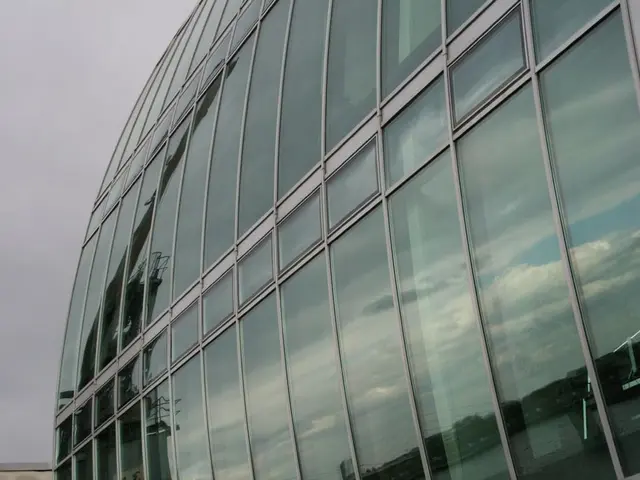Mining gold is akin to cultivating a tree in an oven, as it depletes the Amazon rainforest's resources excessively.
Suction gold mining is literally obliterating the Amazon rainforest, leaving behind an infertile wasteland where trees cannot thrive, according to a new study.
Researchers discovered that this mining technique ravages soil quality, drains moisture, and traps heat, creating a hostile environment that makes it impossible even for seedlings to flourish. It's like trying to grow a tree in an oven, explained co-author Josh West, a professor of earth sciences and environmental studies at the USC Dornsife College of Letters, Arts, and Sciences.
Throughout the Amazon, gold mining is responsible for nearly 10% of deforestation, with the rate steadily increasing. By 2023, an estimated 5,000 square miles (13,000 square km) was being mined for gold – an area larger than San Francisco.
The repercussions on the landscape are catastrophic, with ground temperatures reaching 145 degrees Fahrenheit (60 degrees Celsius) and several meters of dry sand. The land can no longer support natural regeneration except in areas near water sources.
A study published in Communication Earth & Environment aimed to determine why trees fail to regrow on land that has been mined for gold. In the Madre de Dios region of southeastern Peru, researchers examined two abandoned mining sites operated mainly by small-scale ventures.
This destructive practice uses dredges that require massive volumes of water to suction sediment and sand from river and stream beds in search of gold particles. The so-called "water cannons," as lead author Abra Atwood, a researcher at the Woodwell Climate Research Center, describes them, obliterate the clay- and nutrient-rich topsoil. The once lush terrain is transformed into vast, parched ponds, some as large as soccer fields, surrounded by towering mounds of sand up to 7 meters high.
The team employed remote sensing methods, electrical resistivity analysis, thermal imaging cameras, and soil property measurements to assess the impact of mining on the land. They found that mining waste acts like a filter, allowing water to seep through much faster than in primary forest soils – nearly 50 feet (15 m) per day compared to just 0.2 feet (0.074 m) per day in the forest. This leaves the soil deficient in moisture and overexposed to heat, further exacerbated by deforestation. The soil's extreme conditions make it virtually impossible for new roots to take hold, as replanted seedlings simply die. However, areas near the edges of the ponds and in low-lying zones have higher soil moisture, lower temperatures, and better natural regeneration potential.
To assess the magnitude of the problem, researchers found that small-scale mining between 1980 and 2017 destroyed over 950 square km of rainforest in the territory – an area more than seven times the size of San Francisco. The issue persists, as mining operations continue to grow, jeopardizing biodiversity and Indigenous territories.
The team proposes several recommendations to reverse the damage. First, the mining ponds should be filled to restore flat terrain, bringing tree roots closer to groundwater and facilitating plant regeneration. Next, topsoil must be replenished. Despite the challenges, the researchers emphasize the importance of focusing efforts on natural water sources for giving reforestation initiatives the best chance of success. To combat large-scale environmental destruction, a large-scale solution will be required, even if the financial costs are high. The researchers warn that illegal gold mining poses threats to many Amazonian regions, including Brazil, Suriname, Guyana, and Peru.
"There's only one Amazon rainforest. It's a living system unlike anything else on Earth," West cautioned. "If we lose it, we lose something irreplaceable."
- The destructive gold mining technique, utilizing dredges that suction sediment and sand, has been identified as a significant contributor to climate change due to its impact on the soil quality, moisture levels, and energy consumption in the environmental science field.
- In the realm of finance, the costs associated with reversing the damage caused by small-scale mining in the Amazon rainforest are high, necessitating a large-scale solution to prevent further environmental disaster.
- The mining industry's negative effects on the Amazon rainforest extend beyond deforestation, with the heating of soil and draining of moisture transforming the once fertile land into unproductive, barren wastelands that are incompatible with energy production or the growth of trees, representing a stark reminder of the catastrophic consequences of climate change on the environment.








